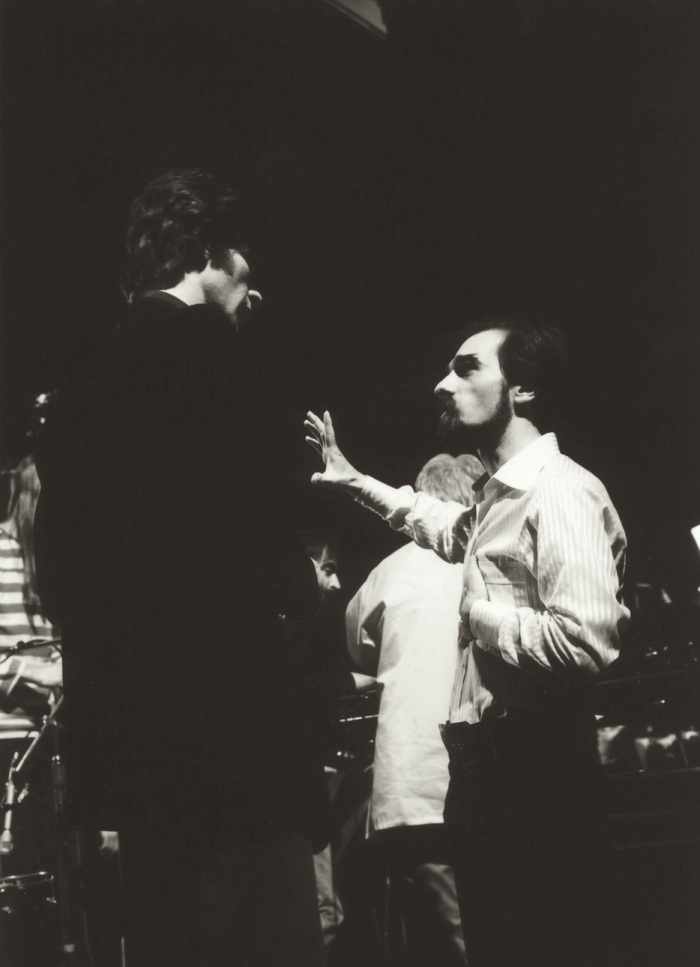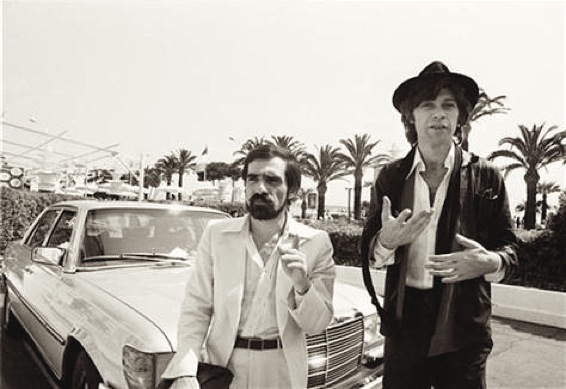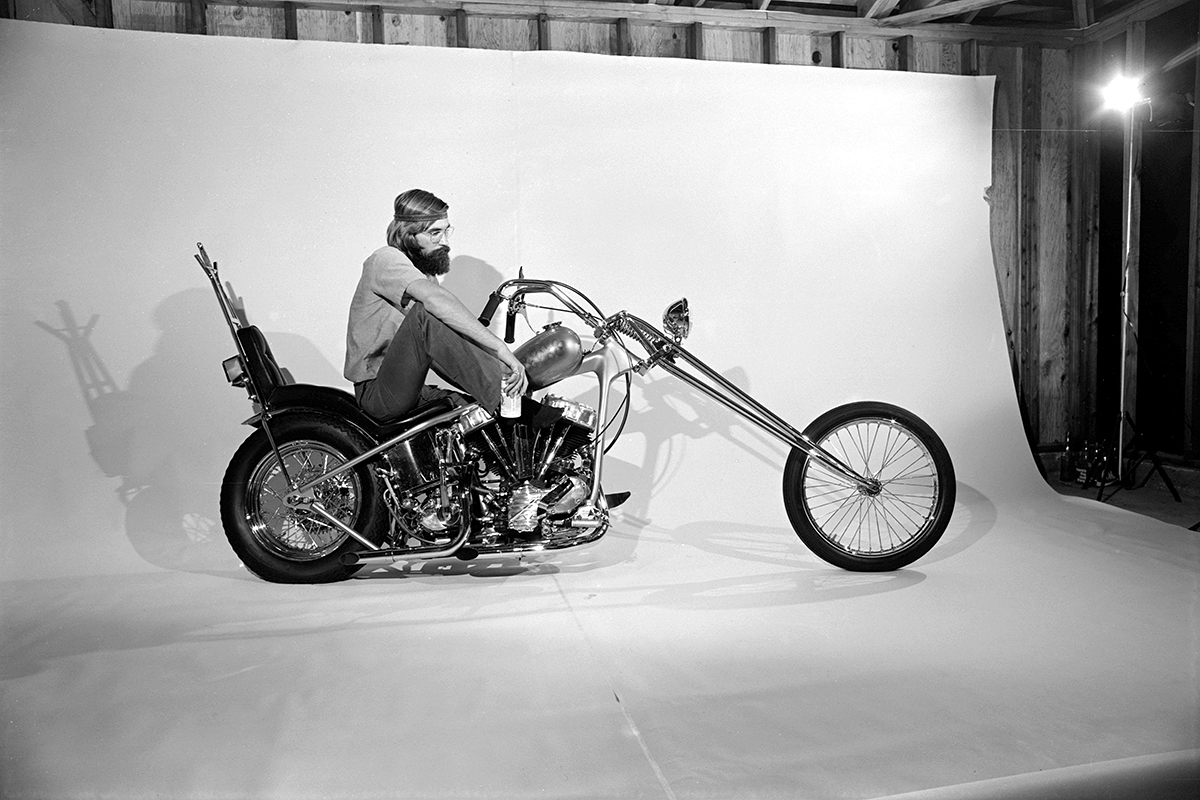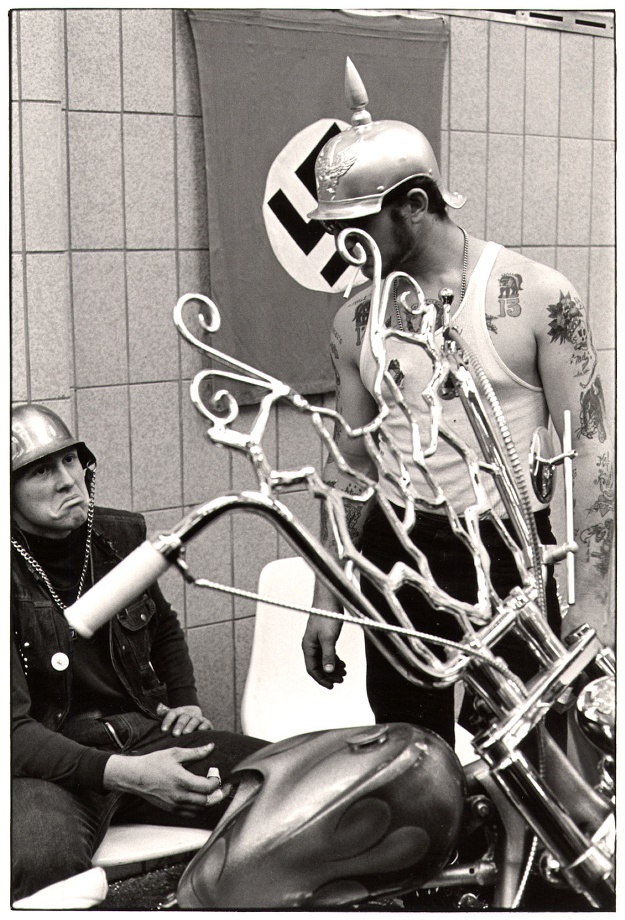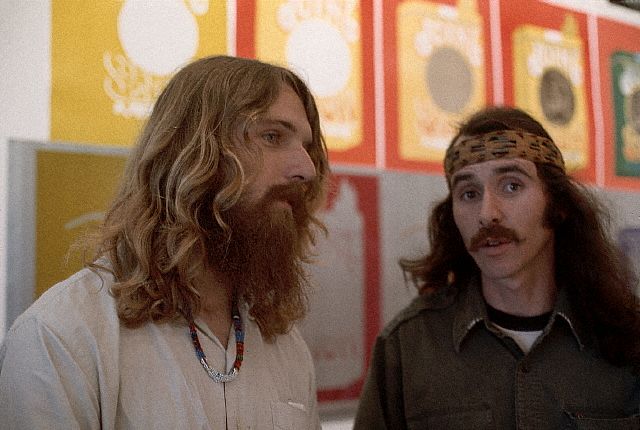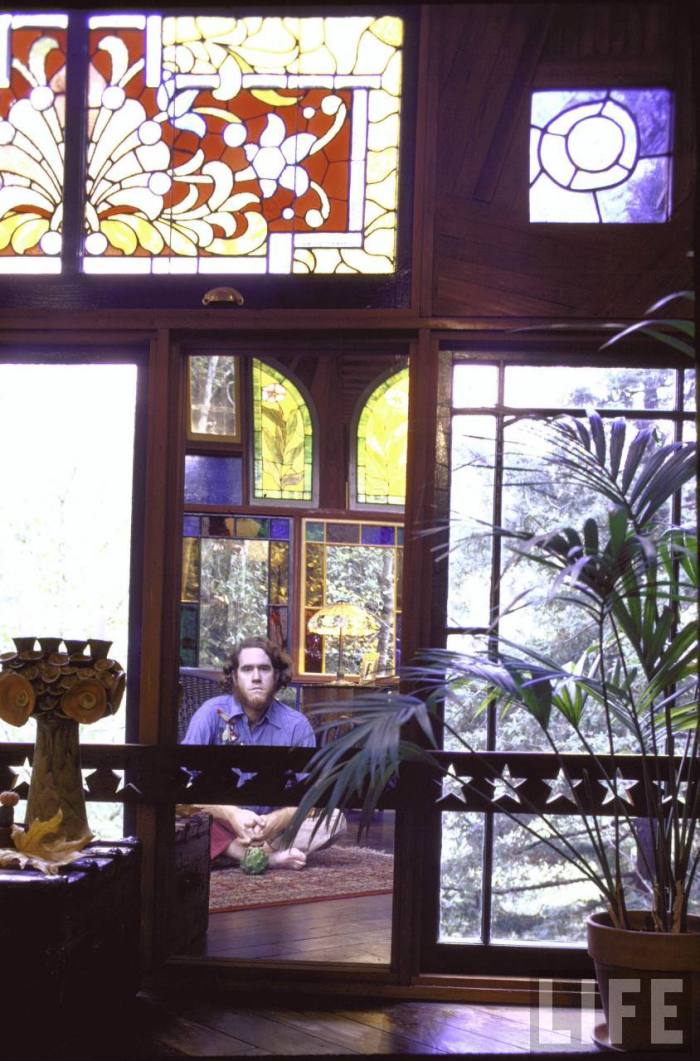*

Before he went electric in 1965 — and drew jeers from legions of (arguably small-minded) fans in the process — Bob Dylan epitomized the hard-traveling folk troubadour, and he established this image largely on a vintage Gibson “Nick Lucas” model flat-top guitar. The young Dylan had played other Martin and Gibson models in the late ’50s and early ’60s, but in those final years of his acoustic era, before a “blonde on blonde” Fender Telecaster ushered in a whole new folk-rock sound, the “Nick Lucas” was his instrument of choice. He played this guitar in the studio and on tour from 1963 to ’66, and used it for the legendary albums Another Side of Bob Dylan and Bringing it All Back Home. And, although it didn’t appear on the covers of either of these, it is frequently seen in the many live performance tapes from the day, including broadcasts of the Newport Folk Festival in 1964 and ’65, and Dylan’s famous appearances on BBC TV in England in 1965. While, in hindsight, this Gibson “Nick Lucas” seems “just right” for the young Dylan, and has become an iconic folk guitar as a result, the model’s origins show that it is perhaps an unlikely choice for a scruffy young folky. Via
*
Back in 1963, Bob Dylan was the new darling and outspoken voice of political protest in America, performing songs seeking truth and justice– “Only a Pawn in Their Game”,“Who Killed Davey Moore?”, and most notably, “Blowin’ in the Wind”— backed by the Folk movement’s super-establishment including Pete Seeger, Joan Baez, the Freedom Singers, and Peter, Paul & Mary. But Dylan’s talent quickly proved too big to be boxed in by the narrow and idealistic parameters of Folk purists. By 1964 he’d already moved on musically– “Mr. Tambourine Man”, and “It Ain’t Me, Babe” showcased the emerging depth of his songwriting skills outside of protests and politics. Dylan’s fans worship him with a god-like fervor and frenzy. At the 1964 Newport Folk Festival, the enthusiastic crowd woos Dylan– cheering, chanting, and roaring for him to return to the stage at the end of his acoustic set. When he reappears on stage, it’s a love-fest. “I wanna say thank you, I love you”, says Dylan to the crowd. He can seemingly do no wrong.
*
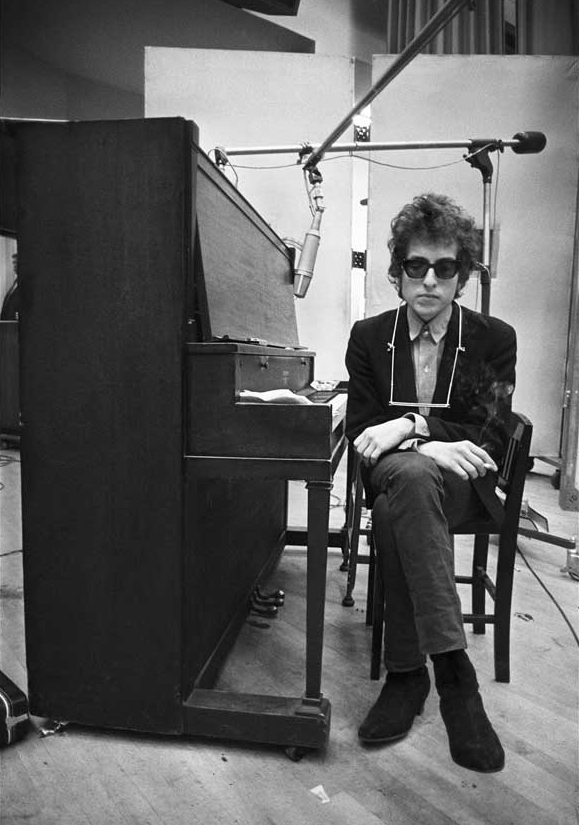
Bob Dylan At Piano During Recording Session, 1965. Bob Dylan in a contemplative mood, lost in thought behind his Ray-Bans, pausing for a break between takes at the upright piano at Studio A, Columbia Recording Studios in New York City during the sessions for “Highway 61 Revisited” in June 1965, a mere month before his electric set at the Newport Folk Festival would send Folk and Rock and Pop music into a whole new direction. –Photo by Jerry Schatzberg, Via
*
By the summer of ’65, Dylan’s stardom surpassed that of the Folk traditionalists at the Newport Folk Festival. Hundreds of adoring fans overwhelm Dylan’s car, as he basks in the attention, smiling and stating, “They’re all my friends.” But there is wave of rebellion beginning to well-up against Dylan among the so-called Folk purist fans. They see him as already being a sell-out, having moved over to the side of the establishment. In their eyes, Dylan is now just another cog in the wheel. The stage is now set for the epic event that will forever be remembered as– When Dylan Went Electric. So what inspired Dylan to go electric in the first place? Some say Dylan was inspired (or challenged perhaps) by an exchange he had with John Lennon. Dylan slammed Lennon, essentially dismissing The Beatles lyrically– “you guys have nothing to say”, was the message. Lennon’s counter was to enlighten Dylan of the fact that– he had no sound, man. Whether or not it resulted in Dylan going electric, or The Beatles writing more introspective lyrics, who knows– but it’s a helluva story.
*
Continue reading →


